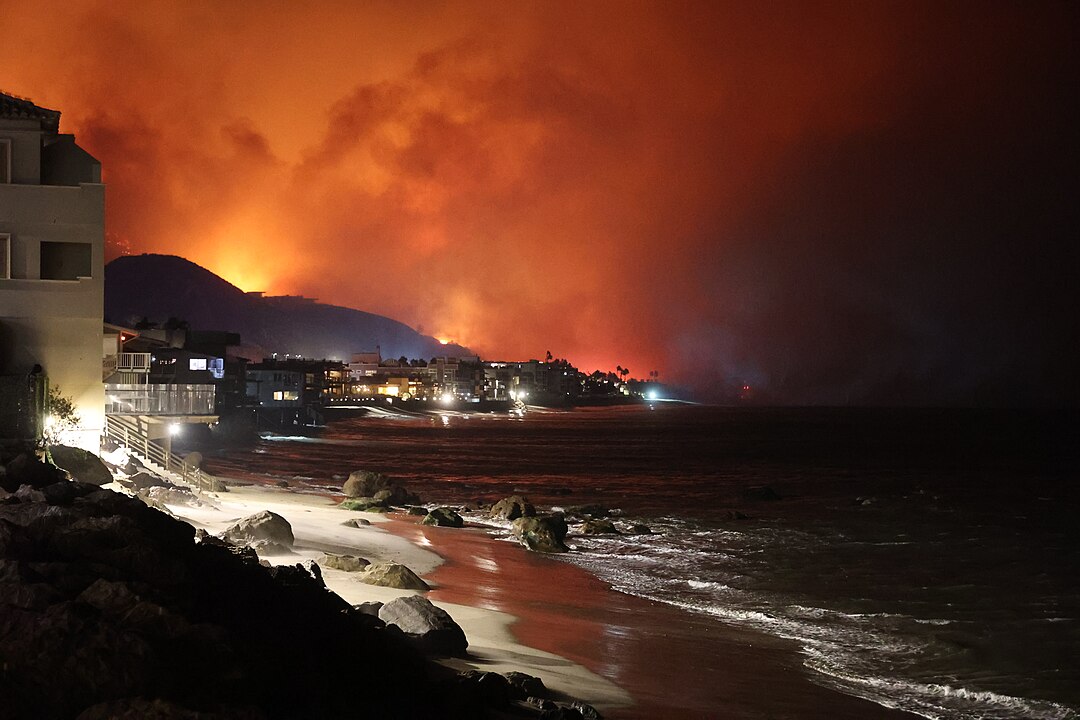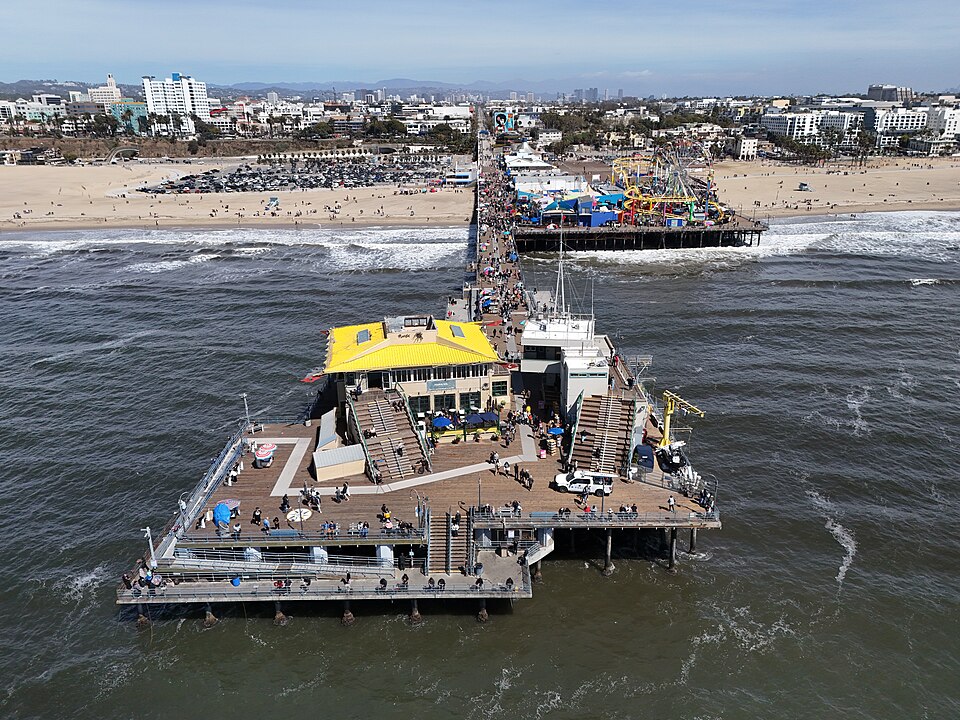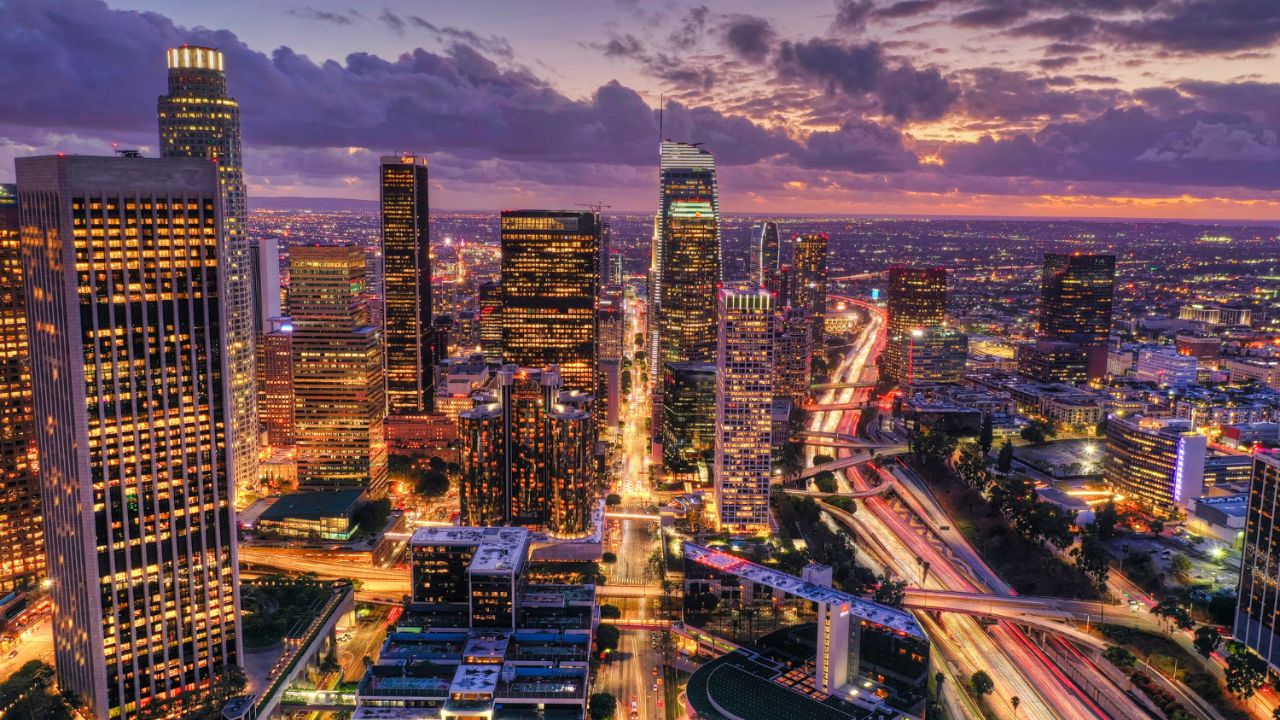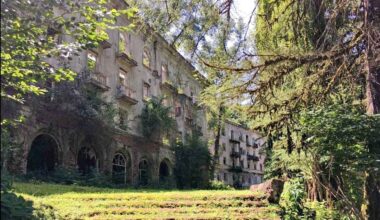Los Angeles is built for visitors. Think art museums and theme parks, mountain hikes before breakfast, then sunsets on the Pacific. Yet this past summer felt different. Hotel corridors were quieter on weekdays, airport counts sagged, and shop owners in classic tourist zones said the foot traffic just did not show up like last year. To understand what is going on, you have to zoom in on 2025, then zoom out to how travelers make choices today.
The short version is this. A handful of well timed shocks cooled international enthusiasm, the city’s famous sprawl feels tougher for first timers, and some downtown anchors are still rebuilding their rhythm. The longer version below connects those dots without doom, and it offers a simple way to read the next few months of data for yourself.
What the 2025 data says
Two sets of numbers tell the story clearly. First, airport traffic. Los Angeles World Airports reports that passenger counts at LAX slipped year to date in the first half of 2025, with June showing drops in both domestic and international traffic compared with the same month a year earlier. Local business reporting reinforced the trend, calling the first half “dismal” and noting that LAX still trails its 2019 passenger levels rather than closing the gap like some peer airports.
Second, hotel performance. Industry trackers who watch occupancy and room revenue saw Los Angeles among the metro markets dragging down national averages in mid summer. Weekly reads flagged softer demand and a downtown core with bigger declines than the region overall. When group demand and transient demand fall at the same time, central neighborhoods feel it first, then the edges.
You can cross check what you feel on the sidewalk with those data points. If airport traffic dips while weekly hotel performance slides, fewer people are here and they are booking fewer nights. That is what 2025 looks like so far, especially in the city’s business districts.
Why travelers are hesitating right now

One chain of events set the tone early. Winter wildfires around Southern California filled news feeds in January. In June, high profile immigration raids and heated political coverage created a perception that border policy and airport screening might be less predictable for foreign visitors. Through spring and summer, tariff talk and a stronger dollar made Canadian and Mexican travelers more cautious. State level forecasts published in late spring suggested a meaningful drop in international visits for 2025, with international spend also sliding. Los Angeles relies on these visitors for longer stays and bigger itineraries, so a shift in their plans shows up quickly on downtown blocks that live on multi day trips.
Costs are the second push. Los Angeles has always asked travelers to plan carefully. The distances between neighborhoods are real, rides are not cheap, and daily parking adds up. When airfare or hotel rates rise even a little, extras like guided tours and special exhibits become a harder sell. Teens and families who love variety still come, but they trim days or pick one anchor neighborhood instead of bouncing between three.
Experience design is the third push. The city is spectacular, but it is spread out and complex. A first time visitor imagines a loop that hops from the Hollywood sign to the beach to a downtown museum, then underestimates the time it takes to cross town. If a transit line is packed or a rideshare takes too long, energy drains before the payoff. When this happens two days in a row, some travelers bag the last day’s activities and head home early.
Finally, convention rhythm matters. Downtown Los Angeles thrives when big shows stack the calendar. When some rotate to other cities, midweek restaurant and hotel activity fades even if weekends look decent thanks to concerts and sports. That is normal for any major convention city. In 2025, the effect is sharper because other headwinds are already slowing casual international trips.
How the on the ground experience slipped out of sync
What you notice first are small frictions. A crowded walkway on Hollywood Boulevard that forces you into the street. A set of closures around a sports arena that turn a simple drive into a maze. A visitor center desk that used to offer printed neighborhood maps, now reduced to a QR code that takes a long time to load in direct sun. None of these ruin a trip alone. Together, they make the day feel harder than it has to be.
Downtown still holds incredible anchors, from the Broad to Grand Central Market to the Arts District. Yet the mix that made it hum on weekdays before 2020, heavy office crowds plus big shows, is still rebuilding. That means lunchtime lines are shorter in some places and empty tables stare back in others. Visitors read that vibe quickly. If a street feels sleepy at midday, they do not linger on a second pass.
The distance between highlights also messes with expectations. Los Angeles rewards planners who cluster activities by district. Travelers who try to cram the beach, Griffith Park, two museums, and a concert into one day end up living inside their navigation app. The city sparkles most when you slow down and let a single neighborhood unfold. Many first time visitors still arrive with a cross town scavenger hunt, then come away thinking the city is all traffic and parking.
That mismatch creates a perception loop. A tough day becomes an online post that tells friends to save their money for another city. Enough of those stories and demand softens in exactly the places trying to recover their midweek momentum. The result looks like this summer, where the airport counts sag and the hotel metrics drift while the region remains full of good things to do.
What would turn the trend

The ingredients for a rebound are not a mystery. They are already underway, just uneven from place to place. Start with clarity. Visitors need simple, predictable information about what is open, how to get there without a car, and how long it will take. That means tighter wayfinding at multimodal hubs, more visible shuttle connections on event days, and visitor pages that show real travel times between neighborhoods. The city does not have to be small to feel accessible. It has to communicate like a city that knows its size.
Next, aim for midweek. Los Angeles has a strong weekend pulse. The opportunity is Monday through Thursday. Timed exhibition nights, neighborhood dining passes, and targeted convention calendars can rebuild the routine that once carried weekdays. You can already see this thinking around big venues and seasonal festivals. The key is scale, so that a visitor who lands on a Tuesday night can stack two or three great choices in a single district without crossing town.
Third, keep leaning into district based planning. Tourists do better when they pick a home base for the day and fill it with layered experiences. That is how Santa Monica feels effortless, or how a Koreatown food crawl turns an afternoon into a memory. If visitor guides and hotel concierges frame the city as a string of villages, rather than a daily citywide sprint, people go home less stressed and more likely to recommend a return trip.
Fourth, align the convention rhythm with downtown’s ground game. The convention center’s modernization work is promising, but the wins arrive when shows mesh with walkable programming in adjacent blocks. That turns a trade show badge into lunch crowds, gallery strolls, and theater seats. Done right, those midweek patterns lift the whole perception of the core.
Finally, keep expectations honest. Los Angeles will always stretch your map. That is part of the appeal. Teen travelers and families who plan the city like three or four connected trips inside one week tend to have a blast. Those who chase everything in forty eight hours often miss the best parts for the freeway. If the city’s messaging leans into that simple truth, more first timers will build itineraries that match reality, which is the easiest path to better reviews and a steadier recovery.
Sources
- Los Angeles Times, “They just do not come: What is making L.A.’s tourism tumble” (September 2025). Los Angeles Times
- Los Angeles Business Journal, “Airports: First Half is Dismal” (August 2025). Los Angeles Business Journal
- Los Angeles World Airports, “Volume of Air Traffic” data hub (accessed September 2025). lawa.org
- STR, “Weekly Insights” mid July and mid August 2025 hotel performance notes (July–August 2025). STR+1
- Hospitality Net summary of STR, “Los Angeles RevPAR down, downtown hit hardest” (July 2025). Hospitality Net
- Los Angeles Times, “Forecast flags fewer international visits and spend in 2025” (June 2025). Los Angeles Times

